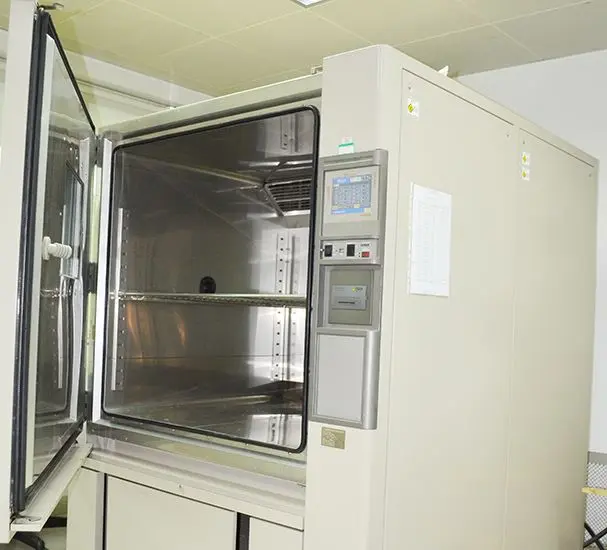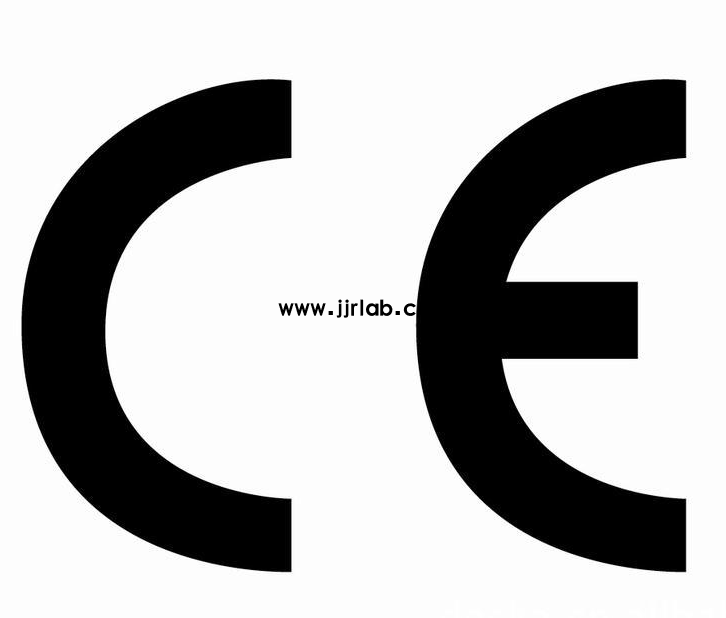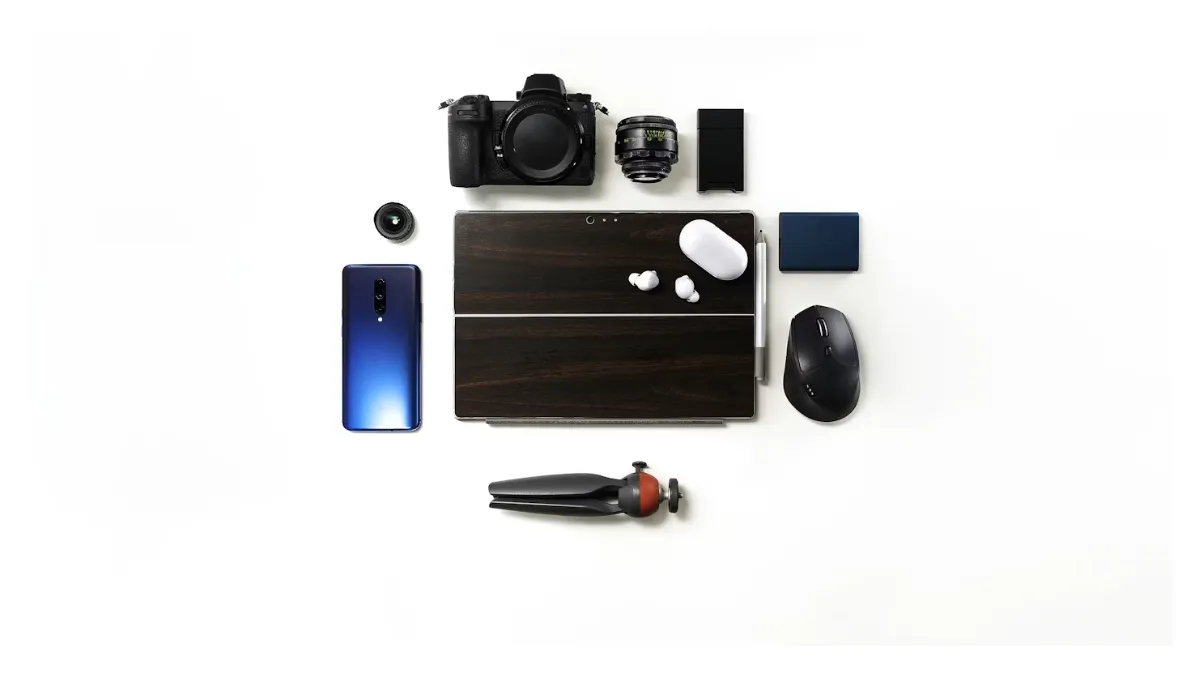
What is the IEC 62471 Safety Standard?
Overview of IEC 62471
IEC 62471 is a photobiological safety standard developed by the International Electrotechnical Commission (IEC).
Its fULl name is "Photobiological Safety of Lamps and Lamp Systems".
First released in 2006 and updated in later versions, the standard evaluates the potential radiation hazards of artificial light sources—including LEDs, incoherent light, and traditional lamps—on the eyesand skin.
With the rapid development of LED technology, high-brightness light sources are now widely used in products such as smartphone screens, automotive headlights, medical devices, and industrial lighting, all of which may pose potential photobiological safety risks.
IEC 62471 provides scientific methods to quantitatively assess radiation intensity, wavelength range, and exposure time, ensuring that products remain safe for human use.

Requirements of IEC 62471
IEC 62471 evaluates light sources for the following potential hazards:
1. Spectral Radiation Hazards
The standard identifies several types of light-related risks:
- Ultraviolet Radiation (UV, 200–400 nm)
Can cause skin erythema and photokeratitis (for example, “arc eye” from welding).
- Blue Light Hazard (300–700 nm)
High-energy short-wave blue light (400–500 nm) may cause photocheMICal damage to the retina, particularly in children and those with prolonged exposure.
- InfraRED Radiation (IR, 780–3000 nm)
May lead to thermal damage of the cornea and lens.
- Retinal Thermal Hazard (380–1400 nm)
High-intensity visible and near-infrared light can injure the retina through thermal effects.
2. Risk Group Classification
Based on Exposure Limits (EL), light sources are divided into four risk groups:
- Exempt (RG0)– No photobiological hazard.
- Low Risk (RG1)– Safe under normal use, though prolonged staring may cause slight risk.
- Moderate Risk (RG2)– Normally safe due to natural aversion responses (such as blinking or turning away), but brief exposure may still cause discomfort.
- High Risk (RG3)– Even short exposure can cause injury; protective measures are required.
3. Testing Methods
Measurements of irradiance (W/m²)or radiance (W/m²·sr)are combined with exposure times
(typically 8 hours for occupational exposureor 10,000 seconds for daily exposure)
to determine the appropriate risk group.
Applicable Products
IEC 62471 applies to nearly all artificial light sources and devices containing light sources, including:
- LED lighting products such as bulbs, displays, and vehicle lamps
- Laser products such as laser pointers and laser projectors
- Medical devices such as phototherapy units and surgical lamps
- Consumer electronics such as smartphones, tablets, and VR headsets
- Industrial equipment such as UV curing lamps and infrared heaters
Difference Between IEC 62471 and iec 60825
Both IEC 62471and IEC 60825 ("Safety of Laser Products")address optical radiation safety, but they differ in scope and evaluation methods.
- Scope:
IEC 62471 covers all non-laser artificial light sources (LEDs, traditional lamps, etc.).
IEC 60825 applies only to laser products.
- Hazard Assessment:
IEC 62471 evaluates broad-spectrum radiation (UV, visible, and infrared).
IEC 60825 focuses on single-wavelength or narrowband laser emissions.
- Risk Classification:
IEC 62471 uses RG0 to RG3 based on irradiance and exposure time.
IEC 60825 uses Class 1 to Class 4 based on laser power and wavelength.
- Key Concern:
IEC 62471 emphasizes long-term cumulative photobiological hazards,
while IEC 60825 addresses instantaneous high-energy laser hazards.
Practical Use
- Products that contain laser sources (such as laser printers or rangefinders) must follow IEC 60825.
- Products using LEDs or other broadband light sources (such as household lamps or display screens) must follow IEC 62471.
Significance of IEC 62471
1. Protecting Consumer Health
People today spend long hours using electronic screens. Excessive blue light can increase the risk of retinal damage. IEC 62471 ensures products meet strict safety limits to reduce such risks.
2. Regulating Industry Development
The standard provides unified safety guidelines for the lighting and display industries, preventing low-quality light sources from entering the market and promoting safe technological innovation.
3. Supporting Regulatory Compliance
Certifications such as EU CE, U.S. FDA, and China GBreference or adopt IEC 62471.
Manufacturers must pass IEC 62471 testing to access global markets.
Photobiological Safety Risks in Daily Life
Even though most compliant products are classified as RG0or RG1, certain scenarios require extra caution:
- Prolonged use of electronic devices:
Some low-quality displays may emit excessive blue light. Use eye-protection modes or limit continuous screen time.
- UV nail lamps:
Certain UV nail lamps may exceed safe UV limits, potentially increasing skin cancer risk with long-term use.
- High-brightness automotive LED headlights:
Poorly designed headlights may create glare, reducing driving safety.
IEC 62471 is a critical standard in photobiological safety, offering a scientific method to evaluate various light sources.
With emerging technologies such as Micro LEDand UV-C disinfection lamps, the standard continues to evolve to meet new safety challenges.
Consumers should look for photobiological safety certifications when purchasing related products to reduce potential health risks.
Email:hello@jjrlab.com
Write your message here and send it to us
 How to Test IP68 Rating
How to Test IP68 Rating
 Differences Between FDA and LFGB for Food Contact
Differences Between FDA and LFGB for Food Contact
 Process and Precautions for Amazon CPC Certificate
Process and Precautions for Amazon CPC Certificate
 E-mark Certification Testing Service Laboratory
E-mark Certification Testing Service Laboratory
 Amazon ISO/IEC 17025 UL Testing Service Laboratory
Amazon ISO/IEC 17025 UL Testing Service Laboratory
 How to get CE Certification for Lighting Products?
How to get CE Certification for Lighting Products?
 CE Certification Standards & Process for Elect
CE Certification Standards & Process for Elect
 Japan METI Registration & Japanese Agent Servi
Japan METI Registration & Japanese Agent Servi
Leave us a message
24-hour online customer service at any time to respond, so that you worry!




